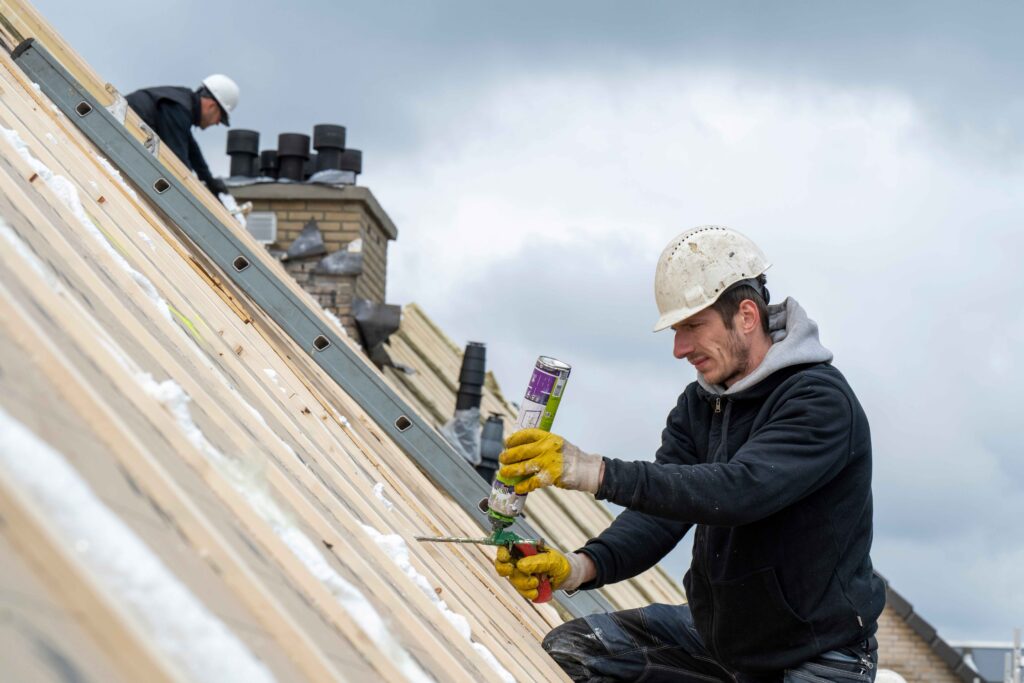- Serving London and surrounding areas
- Work for us

Your roof is your home’s first line of defence against the elements. Yet, many homeowners delay repairs until water is dripping from the ceiling or tiles are visibly falling off. Timely roof repair can prevent serious damage, save you money, and protect your property value.
This guide explains everything you need to know about roof repair, from early warning signs to repair types, costs, and choosing the right contractor.
Roof issues rarely fix themselves. Left untreated, a small leak or damaged tile can cause:
Addressing problems early keeps repair costs lower and avoids major structural damage.
It’s easy to ignore your roof—until it starts to fail. Look for these common warning signs:
Catching these signs early can prevent much larger (and more expensive) issues later.
High winds, heavy rain, and general wear can dislodge or damage shingles or tiles. Replacing them promptly prevents leaks from forming.
Flashing is the metal sealing used around roof edges, chimneys, and vents. Damaged flashing often leads to leaks and must be repaired or replaced.
For small, localised leaks, roofing cement or sealants can provide a quick fix—though long-term reliability depends on the underlying issue being addressed.
Blocked or damaged gutters cause water to back up and overflow onto the roof. This can lead to wood rot and water penetration. Fixing or replacing faulty guttering helps maintain a healthy roofline.
These elements support the roof’s lower edge and help ventilate the attic. Damage here can expose the roof structure to water and pests.
If you’re dealing with persistent problems, it’s natural to wonder whether a full replacement might be smarter. Consider these factors:
A professional inspection will help you decide the most cost-effective solution for your property.
To ensure a lasting and professional repair, always work with a reputable roofing contractor. Here’s what to look for:
Avoid door-to-door repair offers after storms—these are often unlicensed and unreliable.
Roof repair costs can vary significantly depending on the scope of the work, the materials used, and your location. On average, you can expect:
While repairs might seem costly, ignoring them can lead to far more expensive problems—like interior water damage or a full roof replacement.
Preventative maintenance reduces the need for emergency roof repair. Here’s how to keep your roof in top condition:
These simple habits can add years to the lifespan of your roof.
Whether you’re dealing with a small leak or visible shingle damage, acting quickly is the best way to protect your home and budget. Regular maintenance and prompt roof repair preserve the safety, energy efficiency, and value of your property.
If you suspect your roof might be damaged, book a professional inspection as soon as possible. It’s a small investment for long-term peace of mind.
Monday to Sunday: 6:00 AM – 8:00 PM (Open Daily)
Subscribe to our newsletter for the latest updates and offers.
© [2010 [A&A Roofing]. All Rights Reserved. Designed By Spectrum Media Solutions.